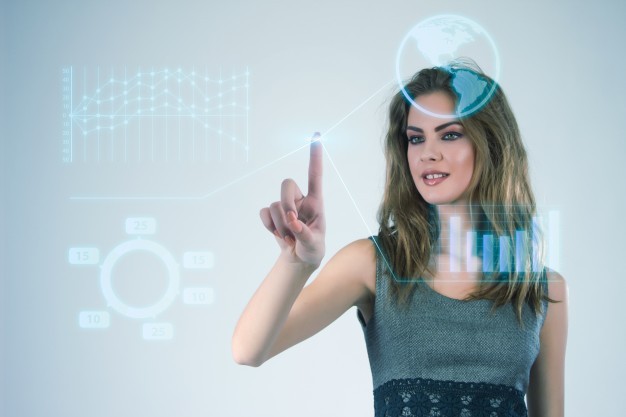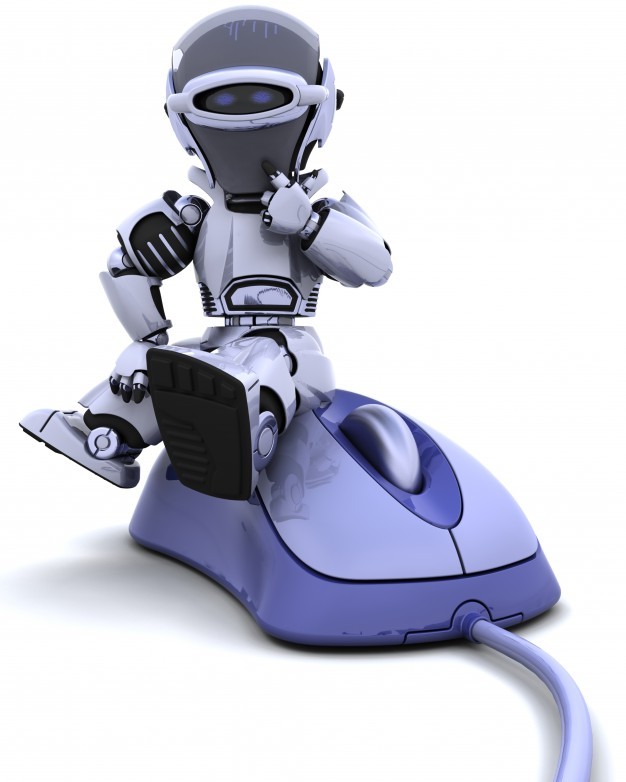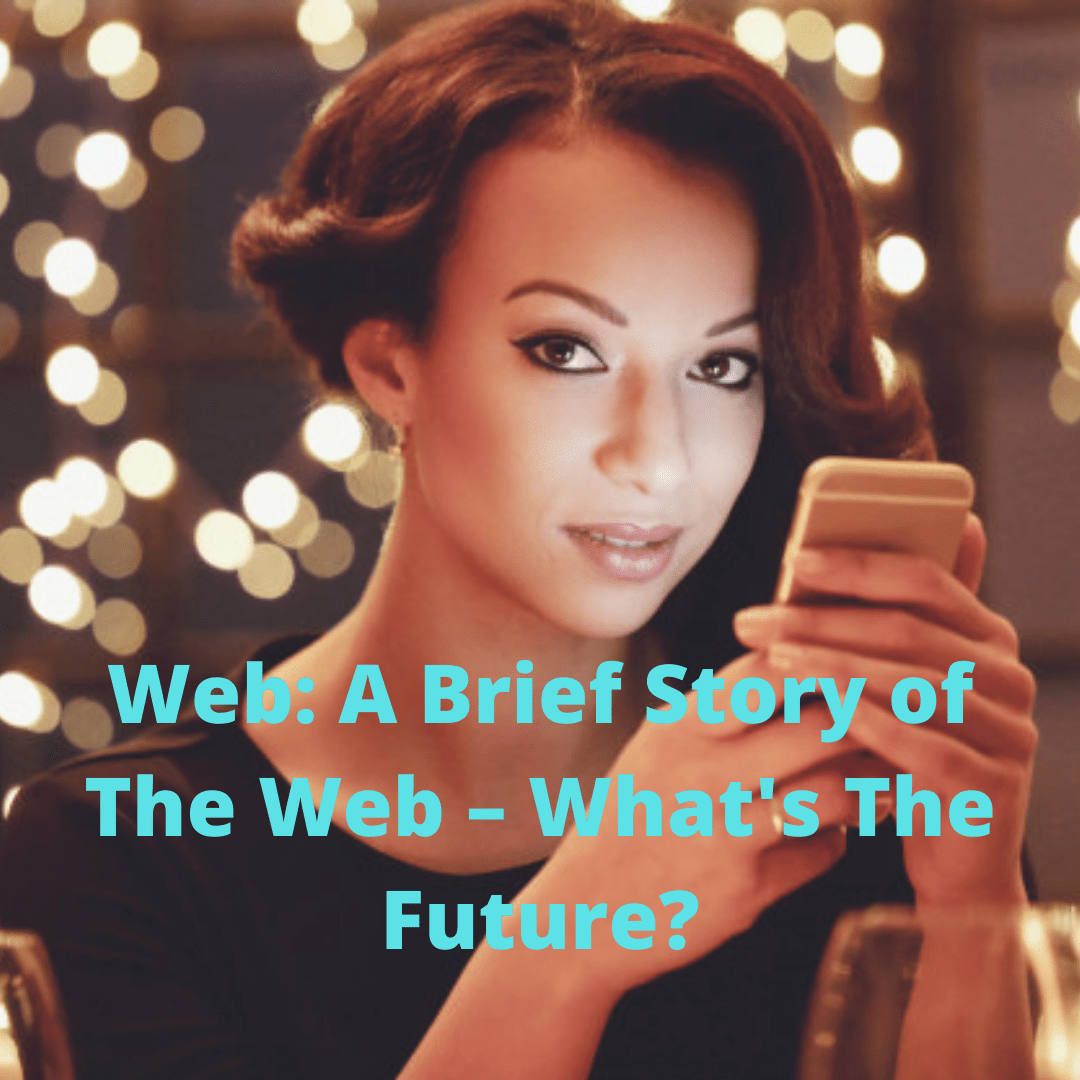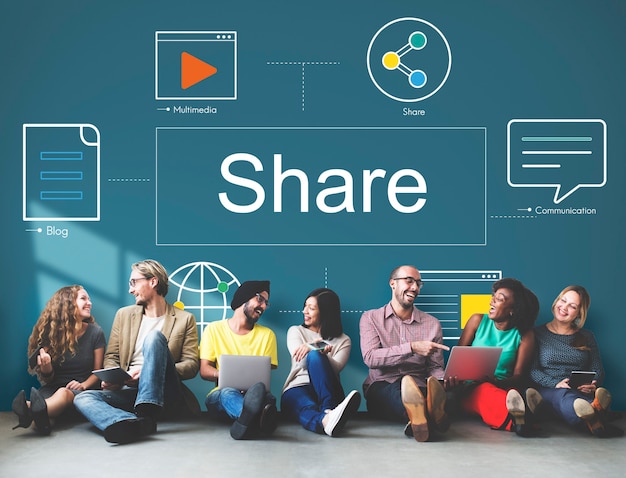Web 3.0 is the third generation of the World Wide Web (WWW). It’s the idea of a decentralized web.
Web 3.0 will provide users with more control over their data and also will improve the security and privacy of the web.
Web 3.0 – The Online World Is Changing
Web 3.0 will create a more inclusive and decentralized web that is not controlled by a few big tech companies.
Many different technologies are being developed as part of Web 3.0, including blockchain, decentralized storage, and peer-to-peer networking.
Web 3.0 will allow users to create, manage, and share content more efficiently.

Web 3.0 will change the online world and online marketing.
Businesses, brands, and marketers will need to find new ways to reach their target audiences.
Traditional marketing methods, such as print advertising and television commercials, will become less effective.
Businesses need to create marketing strategies that can reach consumers where they are (on the internet).
Web 3.0 will be defined by the semantic web, artificial intelligence, and virtual reality. Some big businesses already using these new technologies.

Marketing and Web 3.0
Social media marketing.
Social media is already a powerful marketing tool. But it will become even more important in the era of Web 3.0.
Artificial intelligence and the semantic web help businesses to better understand customer needs and preferences.
Social media will be an essential way to connect with customers and deliver targeted content.

Virtual reality and customers.
Virtual reality will change how we interact with customers. With virtual reality, businesses will give customers a realistic experience of their products or services.
Personalized marketing.
With the help of artificial intelligence and the semantic web, businesses can deliver highly personalized content to their customers.
This content will be based on each individual’s needs and preferences. It become more effective than traditional marketing methods.

Data and analytics.
To target consumers effectively, marketers will need to have a better understanding of data and how to use it.
This will require new tools and technologies to help gather and interpret data.
Intelligent assistants.
Voice-activated assistants like Amazon Alexa and Google Assistant will become popular. Businesses will need to optimize their content for these devices.

Brand loyalty.
As customers become more savvy and clever brand loyalty will become even more important.
Businesses to build loyalty, need to create an emotional connection with their customers.
This can be done through effective storytelling and by creating an immersive customer experience.
The online world and marketing are changing rapidly. So businesses need to change with it.
By understanding the trends that are shaping Web 3.0, businesses can change their marketing strategies and stay at the top.

Explanation – Web3 – https://en.wikipedia.org
Web3 (also known as Web 3.0) is an idea for a new iteration of the World Wide Web which incorporates concepts such as decentralization, blockchain technologies, and token-based economics.
Some technologists and journalists have contrasted it with Web 2.0, wherein they say data and content are centralized in a small group of companies sometimes referred to as “Big Tech”.
The term “Web3” was coined in 2014 by Ethereum co-founder Gavin Wood, and the idea gained interest in 2021 from cryptocurrency enthusiasts, large technology companies, and venture capital firms.
Pro-Tip
How To Improve Your Social Media Marketing and SEO Strategy

![Benefits of Augmented Reality in Ecommerce [Infographic]](https://blog.red-website-design.co.uk/wp-content/uploads/5-Benefits-of-Augmented-Reality-Ecommerce-Website-Owners-Cant-Ignore-725x2048.jpg.webp)


![Artificial Intelligence: How Conversational AI Can Boost Website Conversions [Infographic]](https://blog.red-website-design.co.uk/wp-content/uploads/How-Conversational-Artificial-Intelligence-Can-Boost-Website-Conversions-768x3876.jpg.webp)























